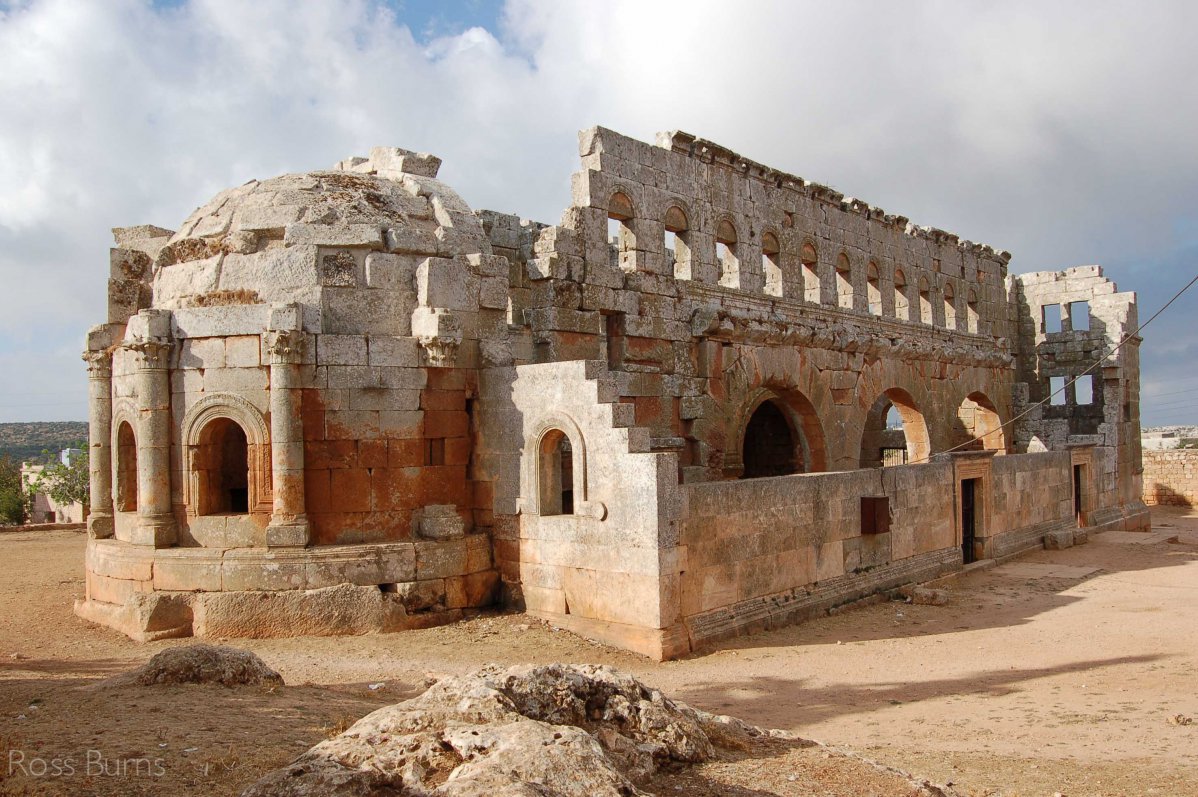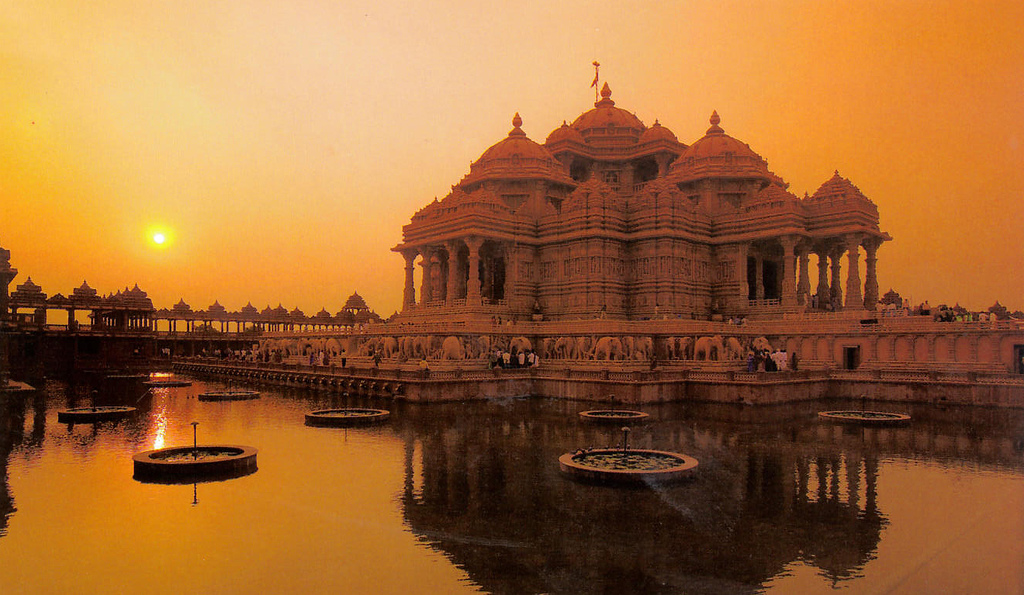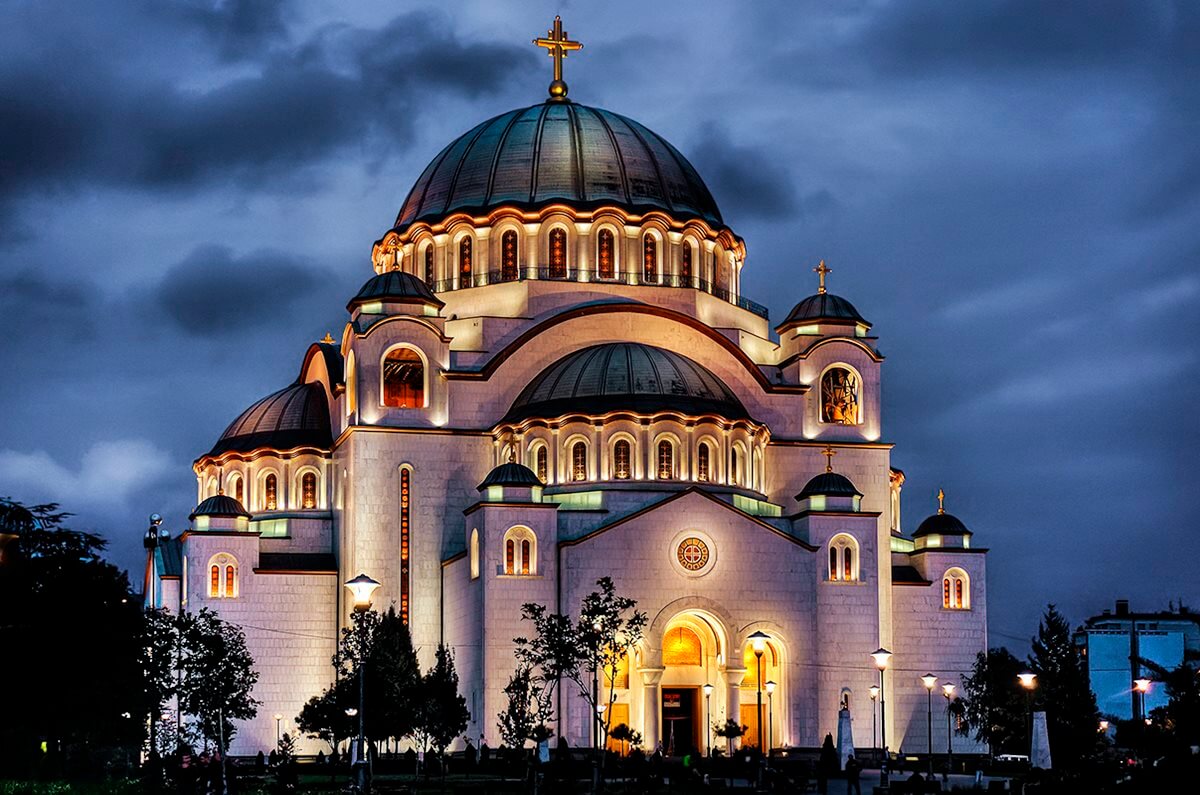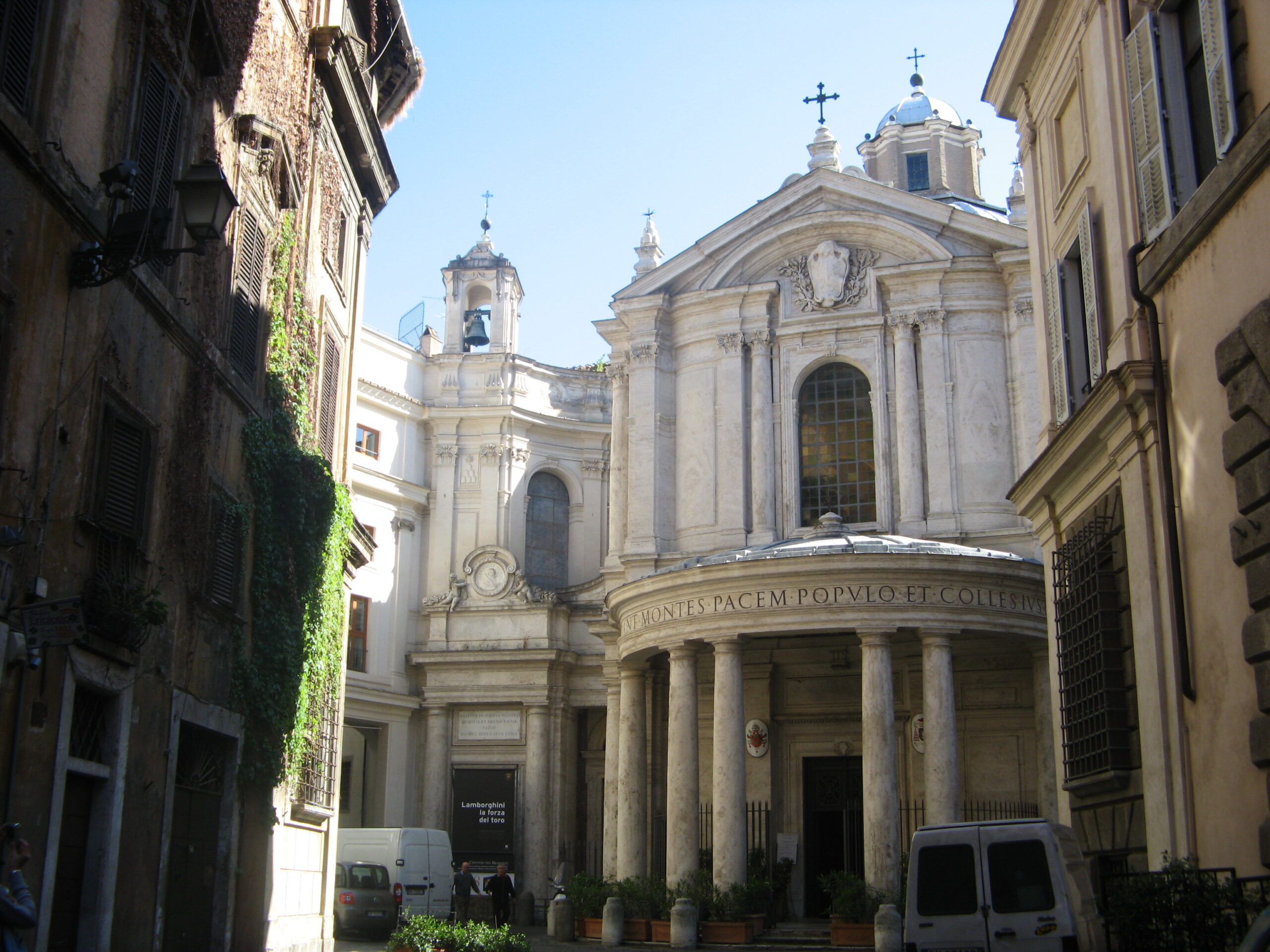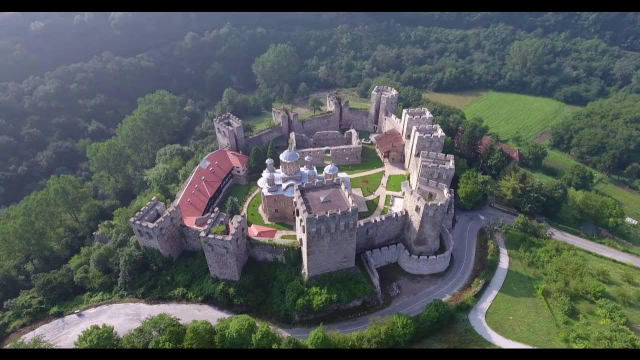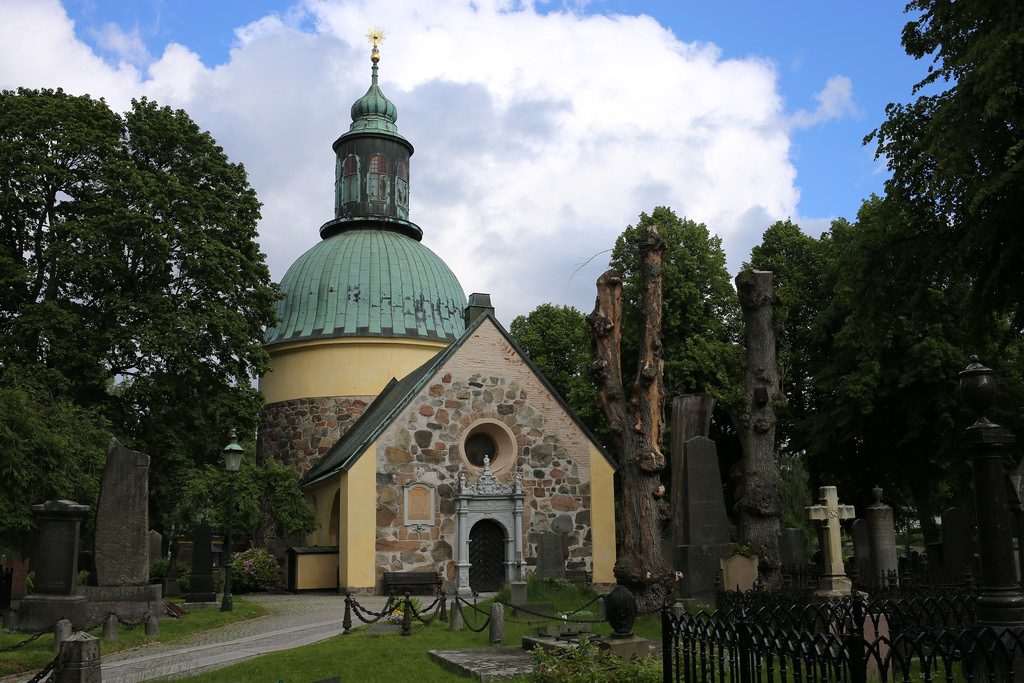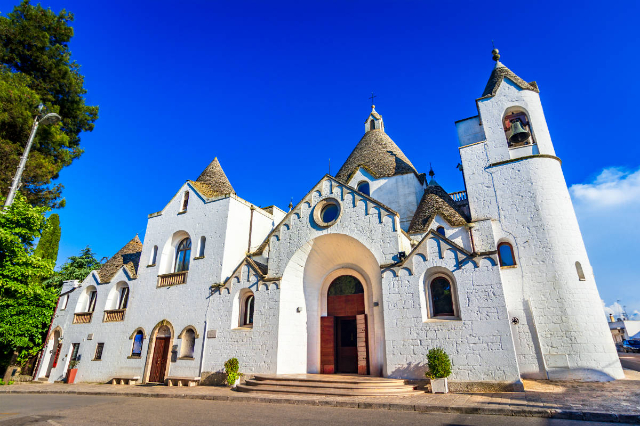The significance of the Notre-Dame Cathedral in Parisian culture is undisputable. However, it seems many of its architectural features can be traced back to the Arab world.
Diana Darke, a Syria specialist and expert on the region, Tweeted on Tuesday, following the fire at Notre-Dame in Paris, that: “Notre-Dame’s architectural design, like all Gothic cathedrals in Europe, comes directly from Syria’s Qalb Lozeh 5th-century church – Crusaders brought the ‘twin tower flanking the rose window’ concept back to Europe in the 12th century.”Located in northwestern Syria, west of Aleppo, is a small Druze village called Qalb Lozeh (also spelled Qalb Loze or Qalb Lawzah), which means “Heart of the Almond”. The church is one of its most famous relics, dating back to about 460 AD, to the Byzantine era. It still stands in the Idlib province to this day, and is praised as one of the best-preserved examples of its kind. In 2011, it was inscribed by Unesco as a World Heritage Site, and part of the Ancient Villages of Northern Syria listing. This refers to the country’s “dead cities”, or the clusters of hundreds of Byzantine settlements, where more than 2,000 churches from the fourth and sixth centuries have been found.Gertrude Bell, in her book The Desert and the Sown: The Syrian adventures of the female Lawrence of Arabia, described the Qalb Loze church as “the beginning of a new chapter in the architecture of the world. The fine and simple beauty of Romanesque was born in North Syria.”
